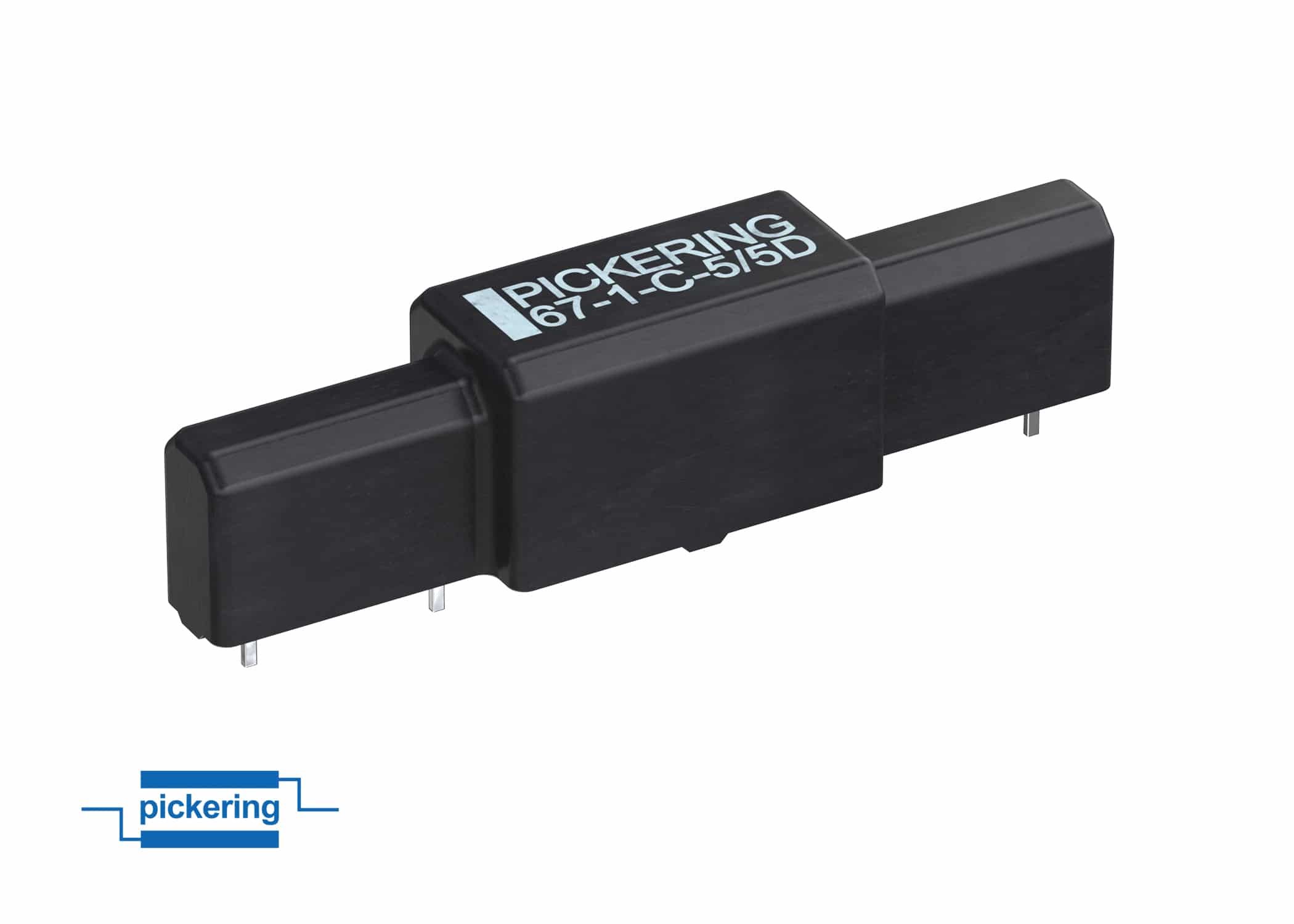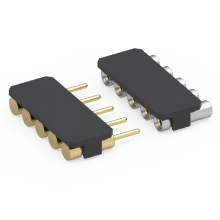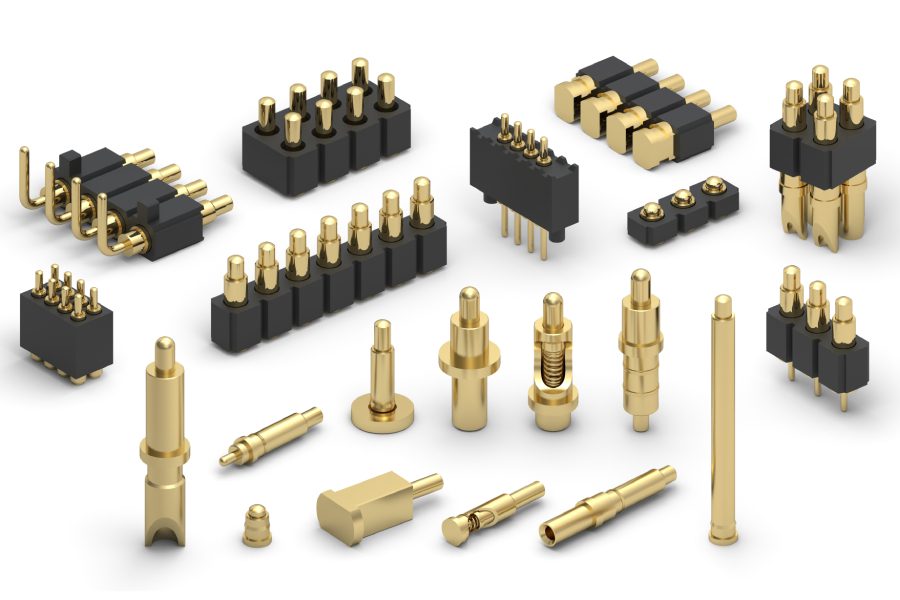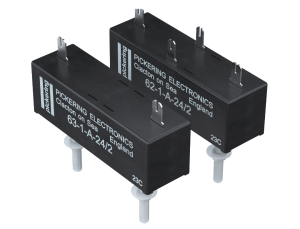A 3-to-2 Wire Conversion Circuit for a TMR, Solid State, and Magnetic Sensor
Two-wire interfaces are found commonly in proximity sensing functions. Any applications with a door, lid or cover, a proximity sensing function indicates to the system whether the door, lid or cover is open or closed. In many legacy designs, the proximity sensing function is implemented with a reed switch and magnet or an electromechanical switch that depresses when the door, lid or cover is closed.
However, in recent years, solid state magnetic sensors, such as Coto’s RedRock® Tunneling Magnetoresistance (TMR) sensors, have become an attractive alternative. These RedRock® TMR Magnetic Sensors offer extremely low power consumption, very small package size, and exceptionally high reliability; they are also cost competitive with reed switches and mechanical switches. Despite the more desirable features and benefits of the TMR Magnetic Sensors, designers often want to keep the two-wire interface either because it’s less expensive or because they do not want (or have the freedom) to change the interface to the system from two-wire to three-wire.
This application note explains how the benefits of a solid state magnetic sensor such as a very low power RedRock® TMR Sensor – consisting of a signal, ground and power connection – can be achieved without sacrificing the two-wire interface.





